500 Hearts to help – one child at a time
“iRun because I am alive and physically well enough to be able to.” ~Andrew Weston
Why do you run? I have been running since 1994 and doing running races since 1998. Since 2002, duathlons and triathlons have also been a regular part of my physical activity after I discovered triathlons in Muskoka in June 2000. I have participated in running races from 1-mile up to marathons, and triathlons from sprint distance to Ironman.

I am fortunate that physical activity can be a regular part of my life, because my life started with heart problems. I was born a “blue-baby:” I had a hole in my heart between the left and right atrium as well as some problems with the pulmonary vein and pulmonary artery. In 1970, Dr. P. Ashmore at Vancouver General Hospital performed open heart surgery on me – I was 14 months old at the time – to correct these issues. My parents noticed an immediate change in me: I went from being a quiet, listless baby to one who was bouncy and full of energy. I had regular checkups all through my childhood, the last of which was when I was about 12 years old. At that last checkup I remember the doctor telling my parents that “He is fine, no need to bring him back for any furthur checkups”, or words to that effect, and I went running and bouncing down the hospital halls in joy after receiving that news!
In 1970, open heart surgery on infants was still fairly new. Today, medical research and techniques have advanced so much that now this surgery is often performed while the baby is still in the womb!
The Heart and Stroke Foundation, a volunteer-based health charity, leads in eliminating heart disease and stroke and reducing their impact through the advancement of research and its application, the promotion of healthy living, and advocacy. Heart research, such as what the Heart and Stroke Foundation supports, both saved my life and has allowed me to enjoy it to the fullest.
In 2014, the Heart and Stroke Foundation is a “Charity of the Series” with the Somersault Event Series in the Ottawa area, as well as being a “Partner Charity” of Tamarack Ottawa Race Weekend on May 24-25. I want to give thanks and give back to the doctors, hospitals, and researchers for the gift of life that was given to me back in 1970, so I will be racing in the Ottawa Half Marathon, many of the Somersault Event Series running and triathlon races (including the Fall Colours Half Marathon on Thanksgiving weekend), and a few other local events, to a total of at least 500km of racing, as a fundraiser/awareness campaign for the Heart and Stroke Foundation. I am calling my campaign “500 Hearts,” and my goal is to raise $20 for each kilometre of racing, for a total of $10,000.
You can support my 500 Hearts campaign at my Heart and Stroke donation page, and follow along on Facebook and Twitter for fundraising events, training and racing updates.
Thank you, and I’ll see you at the races.
_____________________________
If you, or someone you know, is Running for a Reason, please send your story to webeditor@irun.ca and we might feature it right here on this blog!







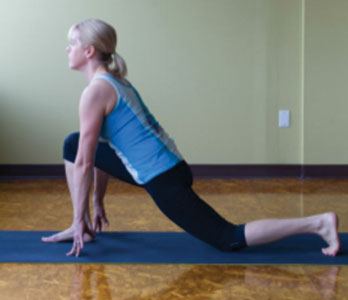
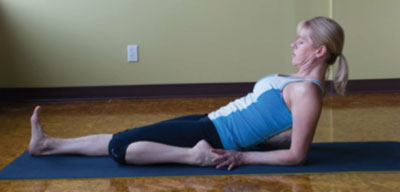
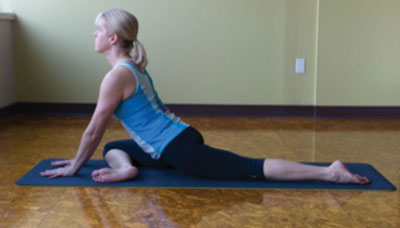
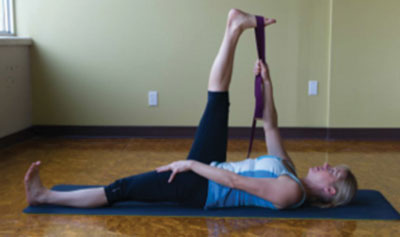
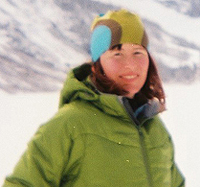 Born in Nova Scotia and emigrating to British Columbia via Ontario and Alberta, Magi has been running the entire way. Primarily defined as a cross country ski racer, Magi has competed nationally and internationally in that sport. The highlight of her career was competing in the World University Games and the World Cup races in Canada in 2007. Cross country skiers rely heavily on running for cross training and Magi has become an accomplished trail and mountain runner, representing Canada at the World Mountain Running Championships in 2005 and the winning numerous national championships medals.
Born in Nova Scotia and emigrating to British Columbia via Ontario and Alberta, Magi has been running the entire way. Primarily defined as a cross country ski racer, Magi has competed nationally and internationally in that sport. The highlight of her career was competing in the World University Games and the World Cup races in Canada in 2007. Cross country skiers rely heavily on running for cross training and Magi has become an accomplished trail and mountain runner, representing Canada at the World Mountain Running Championships in 2005 and the winning numerous national championships medals. 




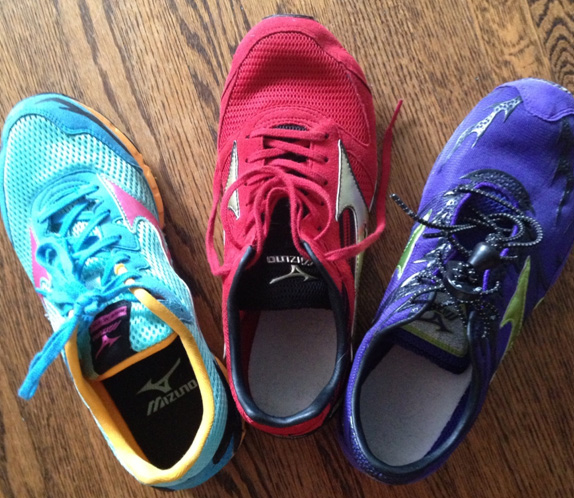

 Elise is a long time competitive amateur triathlete and Physiotherapist with 20+ years experience treating runners and athletes of all kinds. She also has an online coaching business for runners and triathletes looking to reach that next distance goal or PB. She is very passionate about biomechanics in running and does gait analysis and shoe recommendations as part of her practice. Elise also has a self admitted running shoe and apparel fetish. She is mom to an active 10 year old girl and is married to a man who also runs and races.
Elise is a long time competitive amateur triathlete and Physiotherapist with 20+ years experience treating runners and athletes of all kinds. She also has an online coaching business for runners and triathletes looking to reach that next distance goal or PB. She is very passionate about biomechanics in running and does gait analysis and shoe recommendations as part of her practice. Elise also has a self admitted running shoe and apparel fetish. She is mom to an active 10 year old girl and is married to a man who also runs and races.

 Our Magazine
Our Magazine
